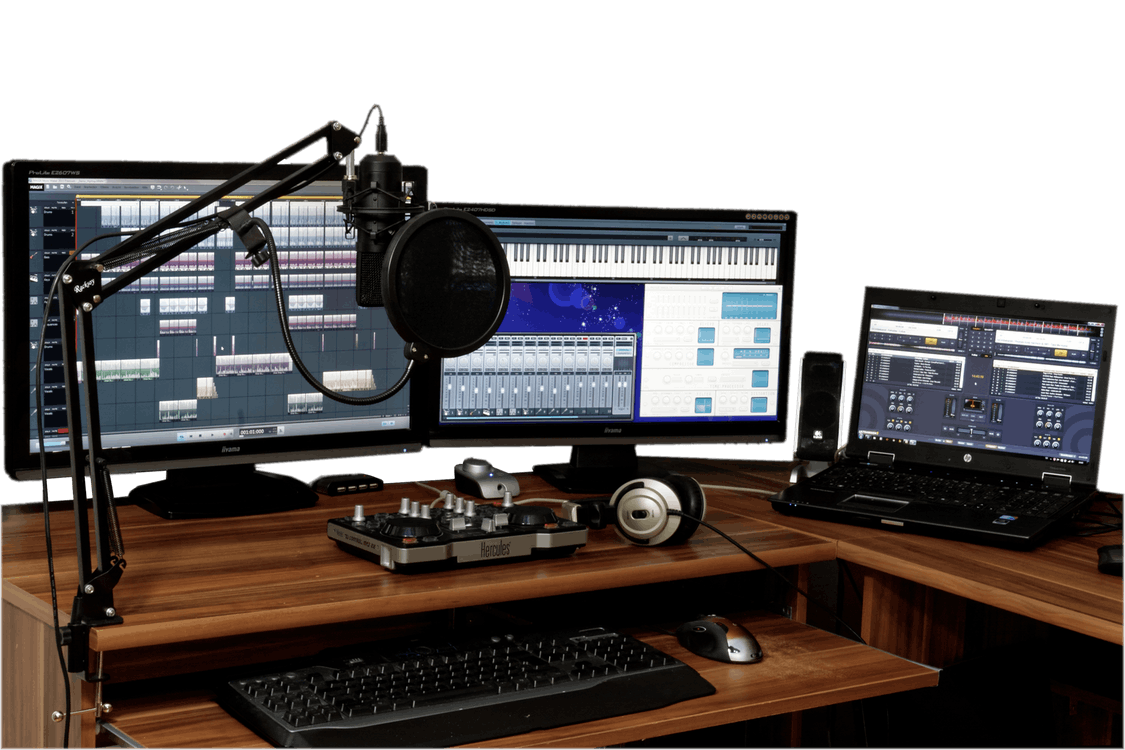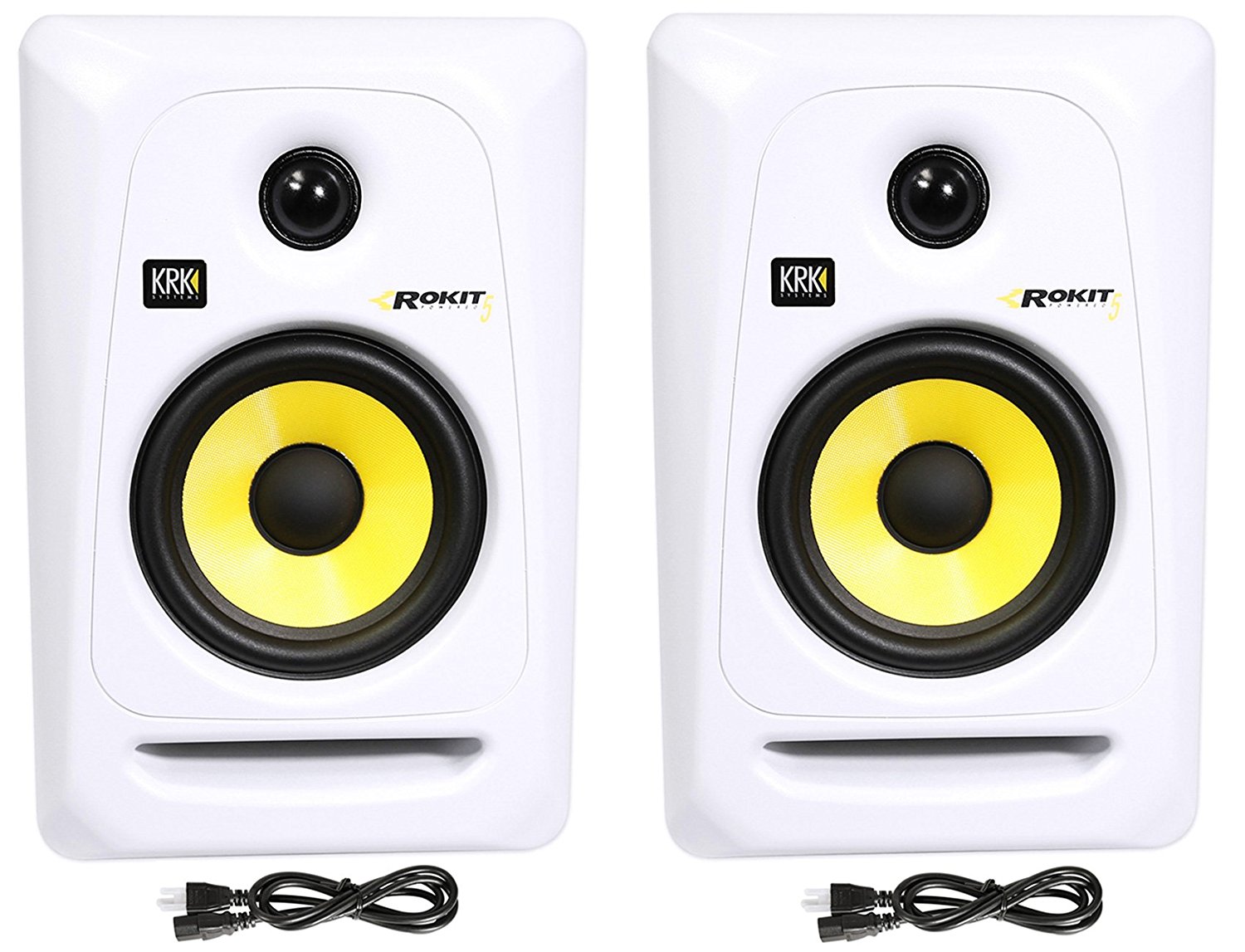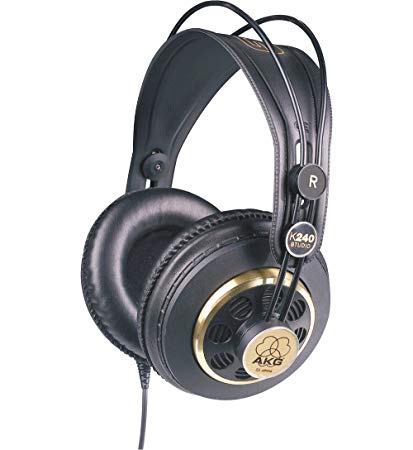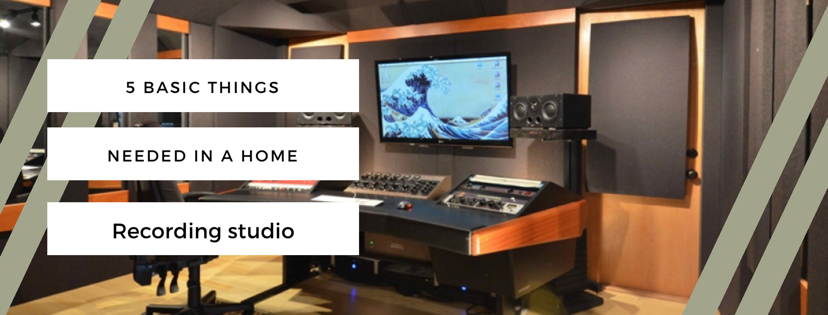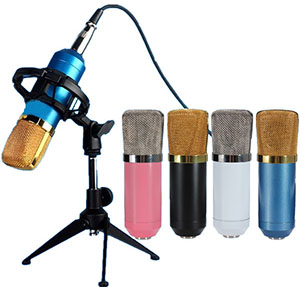Building a home studio is exciting. If you are looking to record and produce your own music at home, it is easier than ever before. A lot of equipment has become cheaper and the fact that modern computers are so powerful, and can act as a hub for your music, means that you can have a professional audio setup in the comfort of your home. If you have a spare room or even a garage, it is possible that you can set up a home studio with relative ease.
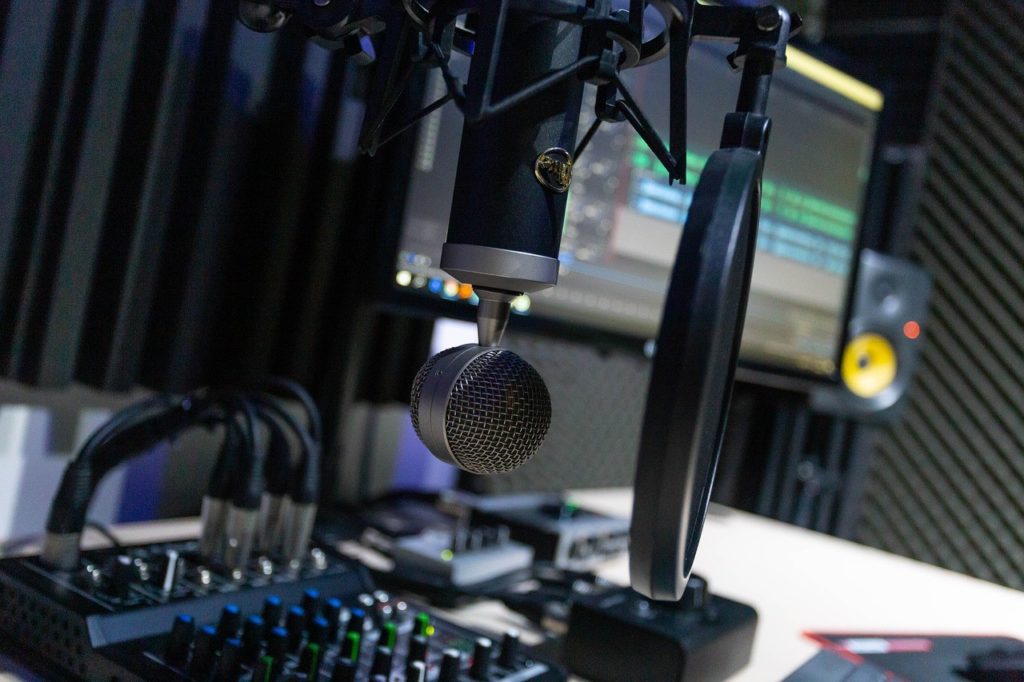
We don’t all have a huge amount of money to spend, and you should be able to build your home studio for a lower price tag than ever before, but there are still plenty of things you shouldn’t skimp on when you are building the studio. Some things simply cannot be bought on the cheap, and if you try to get away with low-end gear, it will impact every piece of music that is made in the studio.
So, which are the items you should prioritize spending your money on?
Speakers/Monitors and Headphones
Your speakers (or monitors) and headphones are naturally how you interact with the audio which is being made in your studio. Poor quality monitors mean you simply will not be able to accurately hear what is going on. It is like an artist having obscured vision while painting, and there is no way to create a high-quality mix if you’re listening on $5 earbuds.
But, don’t be afraid, you can still get a decent pair of headphones at a reasonable price. The ATH-M20Xs by Audio Technica are an excellent choice (at around $50) if you’re looking for a cheap (but good) studio headphones.
You need a full and accurate representation of all of the audio frequencies from 20 Hz to 20kHz. This means that some speakers are not suitable. For instance, a speaker which boosts the bass may sound good while you are producing, but if they are doing so by boosting certain frequencies then you might end up with terrible sounding music when you switch to a ‘flat’ frequency response.
Computer
Your computer may not be specifically a ‘music’ piece of equipment, but it is vitally important for your home studio. Unless you plan to go the ‘retro’ route and record to tape, the computer is going to be the central hub of your home studio.
Picture the scene; you’ve just finished a perfect take on guitar, you stop recording and… the computer crashes. This nightmare scenario becomes far more likely if you skimp on the computer which will be running the studio. Music software doesn’t tend to go easy on the RAM and certainly not on the memory of a computer. Whether you are using Mac or PC to run your home studio, it is vital that you use something with plenty of power.
Luckily, your computer can be used for plenty of other stuff, so it isn’t just an investment for your studio. You may even wish to purchase a laptop which can simply be plugged into the rest of your studio when you need, and you can then use it to produce, do work or even complete your taxes or write on your blog when you are out and about!
If you do need to save money, it could be worth looking into a product which has been manufacturer refurbished. It is not always the best way to do so, but sometimes you can save a lot of money and still get a manufacturer warranty on the item. Apple, for instance, do this with a lot of their Mac computers.
Audio Interface
Your audio interface is how your computer will interact with microphones and other instruments. An excellent interface is required, especially if you’re going to be doing a lot of recording in the home studio. This means that you shouldn’t just go out and buy the cheapest interface out there.
Audio interfaces allow you to plug in instruments directly via jack-to-jack cables or to plug in microphones using XLR cables. You can control the gain, and even send phantom power to the microphone you are using, which can be handy if you plan to record via a condenser microphone. Some interfaces also let you record multiple things at once, for instance, you could record your singing through a mic and guitar at the same time.
An audio interface which isn’t good enough can mean that the audio signal is compromised or not carried with enough quality and clarity to be used in professional recordings.
If an audio interface is not going to provide enough inputs, you may need to opt for a mixing desk. If you need to do so, this is another item you should not skimp on due to the fact that a poor-quality desk can carry audio signal badly and cause interference.
Microphones
Microphones cause some debate among the world of music technology and home studios. This is especially true when it comes to cost. Truthfully, there are some very good microphones available at a really low price (comparative to other music gear, at least). SM58 and SM57 microphones by Shure have been industry standard for many years and can be picked up for around $100. This certainly isn’t hugely expensive by musical standards.
However, what we mean when we tell people not to skimp on microphones is to not get drawn in by some of the super cheap items which are on the market. Some microphones can be picked up for $10. This is unbelievably cheap, and the chances are, for this price you are not going to get a microphone with any decent level of clarity. These mics might be fine for a skype chat, but don’t expect to record to any sort of professional level with them.
Conclusion
Unfortunately, musical equipment is rarely cheap. Though it has become more affordable, a home studio has a lot of components and you will have to spend if you want to make a professional sounding piece of music within your own home. Some things can be done more cheaply, for instance making acoustic treatments, but other aspects should never be done on the cheap, as we’ve explained here.
